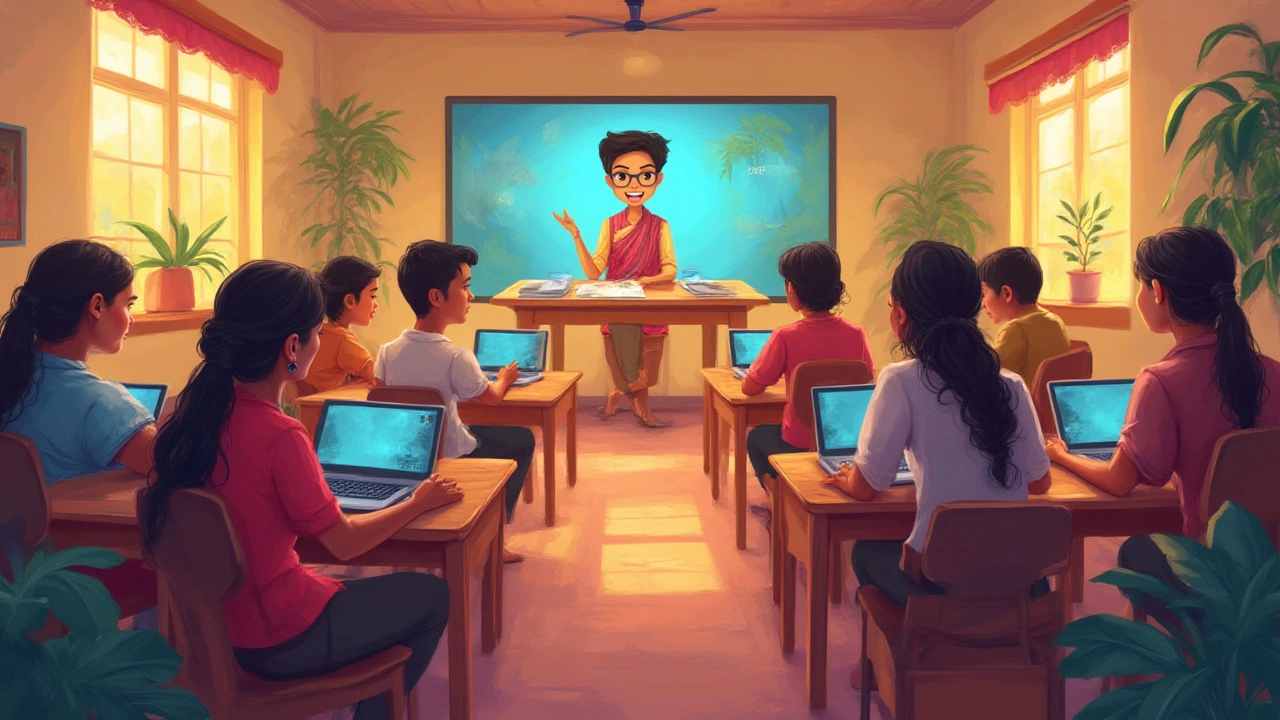Asynchronous Learning: What It Is and How It Works in Today's Education
When you think of learning online, you might picture live Zoom classes or real-time chats. But asynchronous learning, a flexible style of education where students access materials and complete tasks on their own time without live sessions. Also known as self-paced learning, it’s what powers most of the courses people take while working, parenting, or juggling other responsibilities. It doesn’t need you to be online at 7 a.m. or 9 p.m. You log in when it fits. That’s why it’s become the backbone of online education in India and beyond.
Asynchronous learning isn’t just about watching videos. It includes reading materials, submitting assignments, joining discussion boards, taking quizzes, and getting feedback—all without being in sync with a class. This style works best with e-learning platforms, digital systems designed to deliver structured courses without live instruction. Think of platforms that let you pause, rewind, and revisit lessons. Many of the top online courses that help people get jobs fast, like those in coding or data science, rely on this model. You don’t need to be in a classroom to build real skills.
What makes asynchronous learning powerful is how it fits into real life. A JEE aspirant might study at 11 p.m. after a long day. A working parent might finish a module during lunch. A student in a small town with poor internet might download content and learn offline. This flexibility is why platforms that focus on digital education, the use of technology to deliver learning experiences outside traditional classrooms are growing so fast. You’re not just learning—you’re designing your own rhythm.
It’s not perfect. Without deadlines or live teachers, some people struggle to stay on track. But the best systems solve that with clear progress trackers, automated reminders, and peer discussion threads. You’re not alone—you just don’t have to be in the same room. And that’s the point. Whether you’re trying to improve your English, switch careers, or prepare for an MBA, asynchronous learning gives you control. No more waiting for a class to start. No more rushing to finish before the session ends. You learn when you’re ready.
Below, you’ll find real examples of how people use asynchronous learning to earn more, get hired, and build skills without quitting their jobs. From coding salaries to MBA prep, these posts show how learning on your own time actually works in practice.

The Three Main Types of eLearning Explained: Synchronous, Asynchronous & Blended Learning
Jul 5, 2025 / 0 Comments
Discover the three main types of eLearning—synchronous, asynchronous, and blended learning. Learn how each works, their pros and cons, and tips to maximize your success.
READ MORE